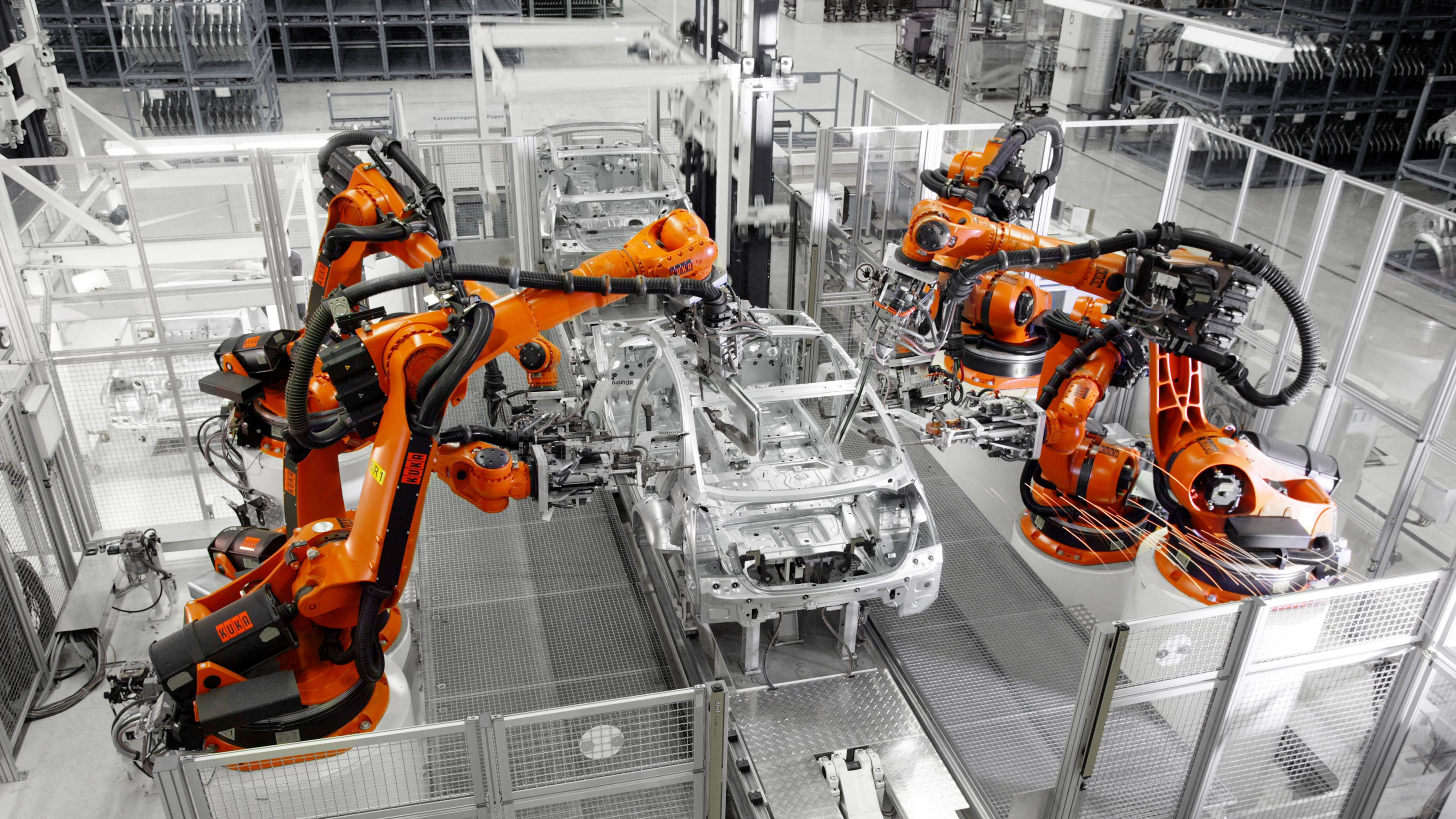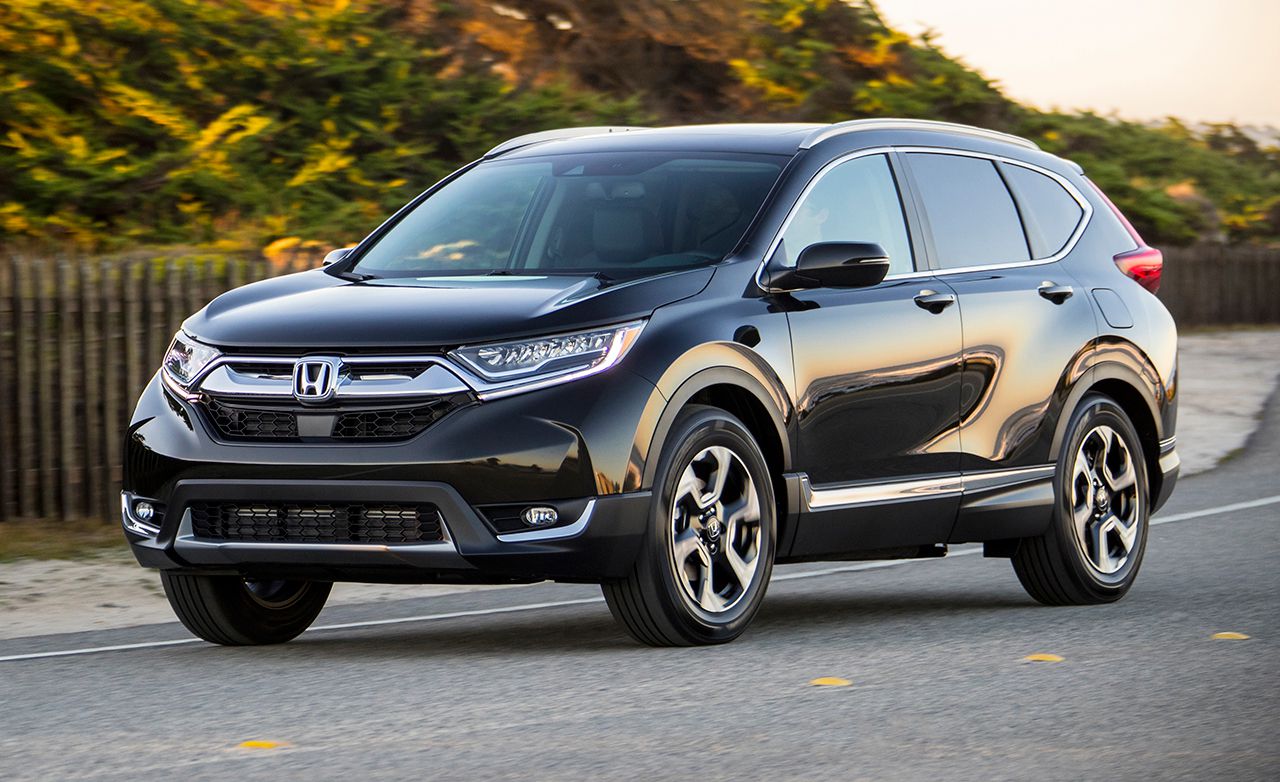Robotics History in the Automotive Sector
Industrial robots are often said to be the biggest brand in the automotive world, but have received decades of improvement. How long has it been since the beginning of the robots? The most basic ideas come from Leonardo's time!

The modern concept of the robot first appeared in the game in 1921. In this production, the workers were mechanical workers who helped people - but they eventually rebelled and took over the world.
To say this is an unfavorable start would be an understatement. Yet this concept soon reached technology in real life.
World War II brings industrial automation
After the World War II there is a revolution in the automobile industry the technology became very advance. American car makers had high quotas and were constantly looking for ways to improve productivity. The conflict accelerated the development of technology as the first computer. In 1970, when the integrated circuit first appeared, automation was switched on. Initial industrial robots had no external sensors. However, they were still able to perform basic tasks such as choice and location. This made car factories safer for their workers.
The boom in automation in the 1970s
Prototype industrial robots were already used at General Motors in 1961. These first robots were mainly spot welding. Their success soon attracted attention from Ford.
In 1969 the Stanford Army was developed. With six degrees of freedom, he accomplished tasks that previous robots could not accomplish.
In 1974, the MIT Silver Arm followed. Thanks to the sensors and the pressure-sensitive microprocessor, this new arm is much more versatile. This opened the door for a long-term boom of robots with 30% year-on-year growth.
By the 1980s, companies around the world had invested billions of dollars to automate the core tasks at their assembly plants. Although the use of the automation system declined in the 1990s, innovative technologies have revived it.
Automotive Automation Today
Today, robots are an essential part of the competitiveness of car plants. With an interest in factory building in China, the stock of industrial robots in this country is expected to grow rapidly. In recent years, more than half of industrial robot purchases in North America have been made by car manufacturers.
Now a day’s robots are far more sophisticated than the previous days. Many of them are partially autonomous and machine vision systems work together in a changing environment. Some even work alongside people. All signs suggest we are in the midst of a new industrial boom in robots!







